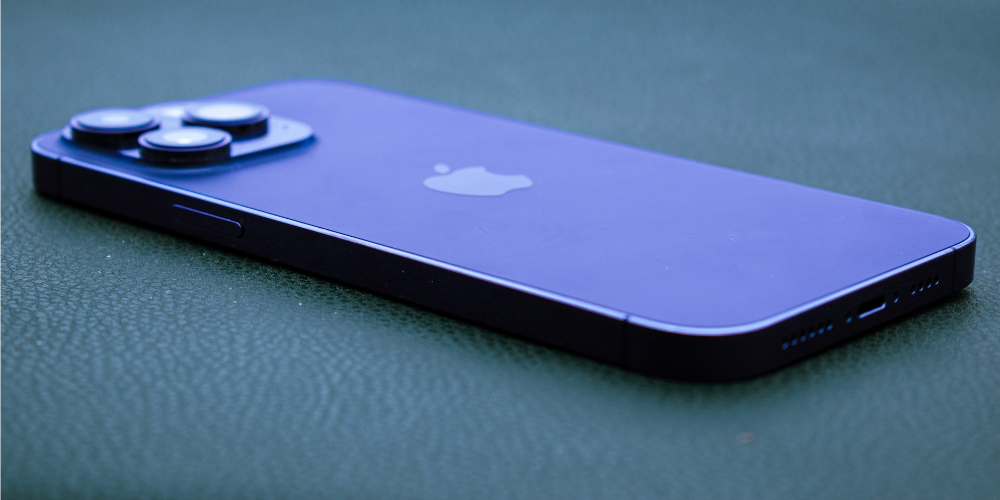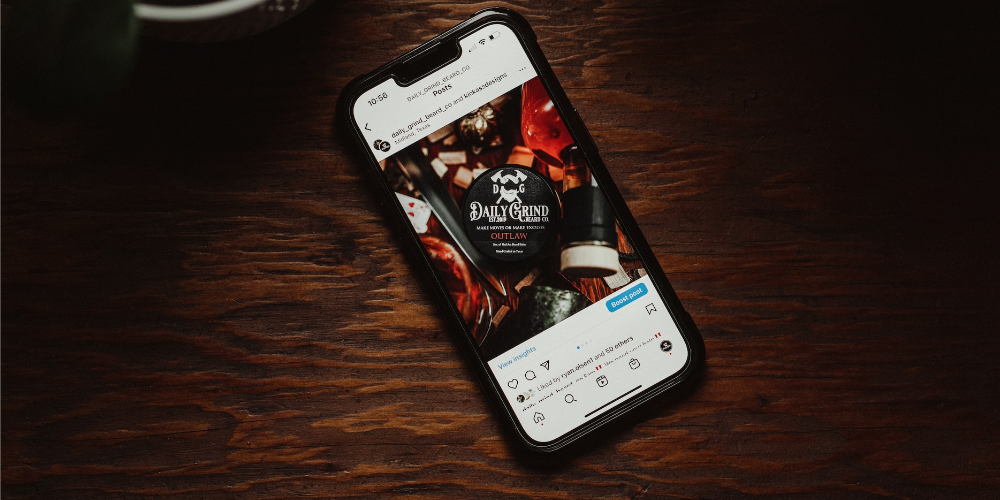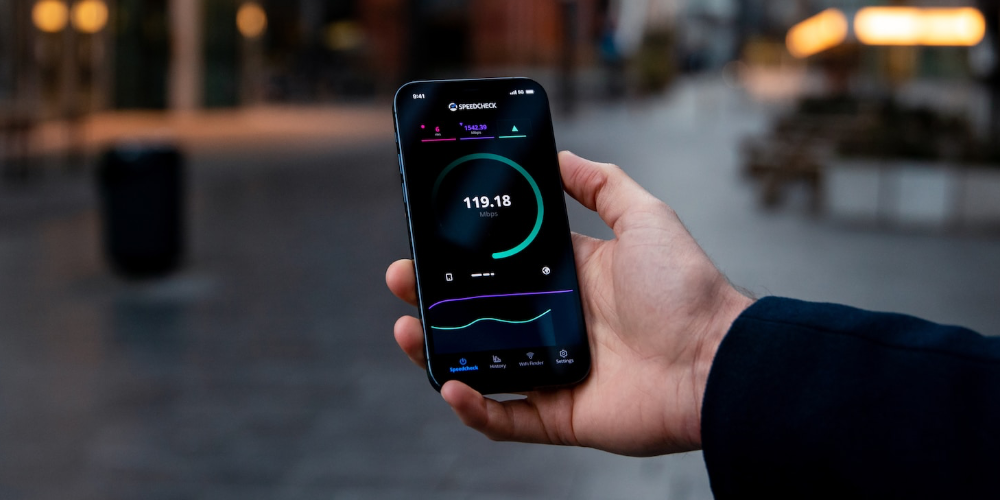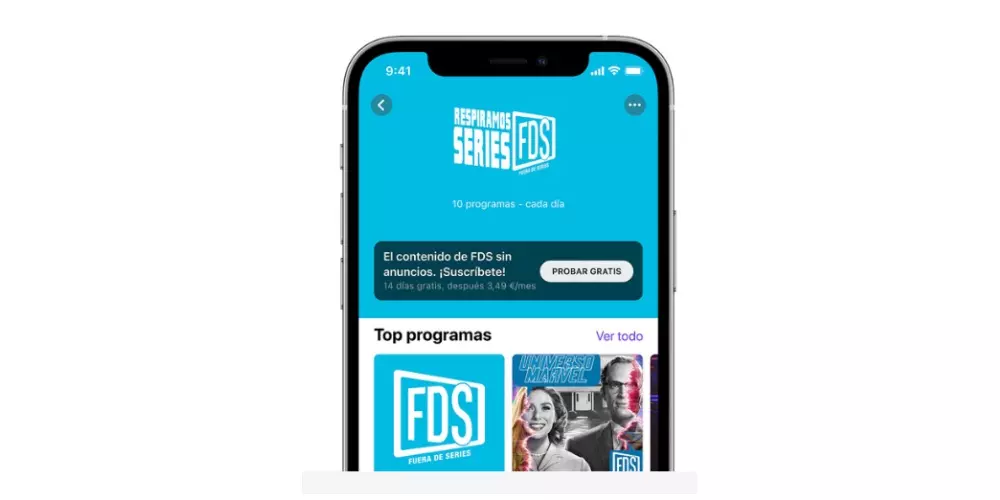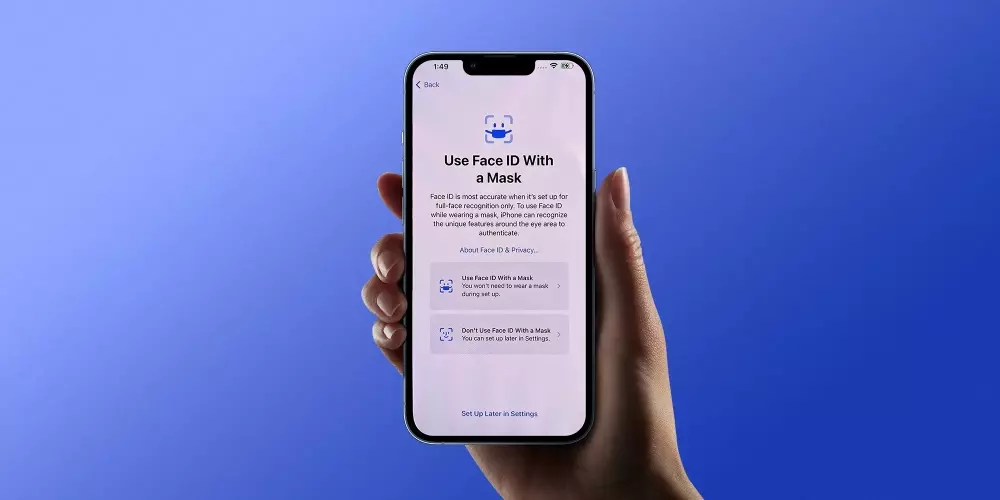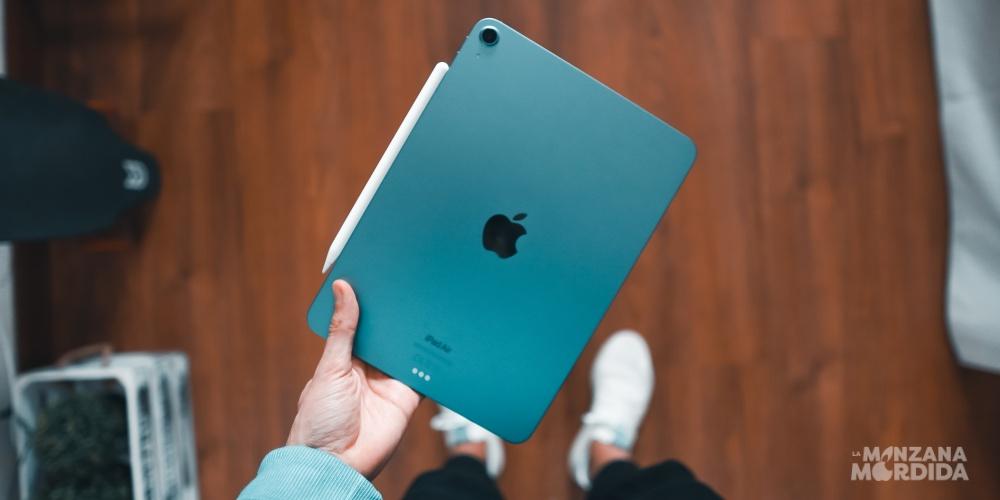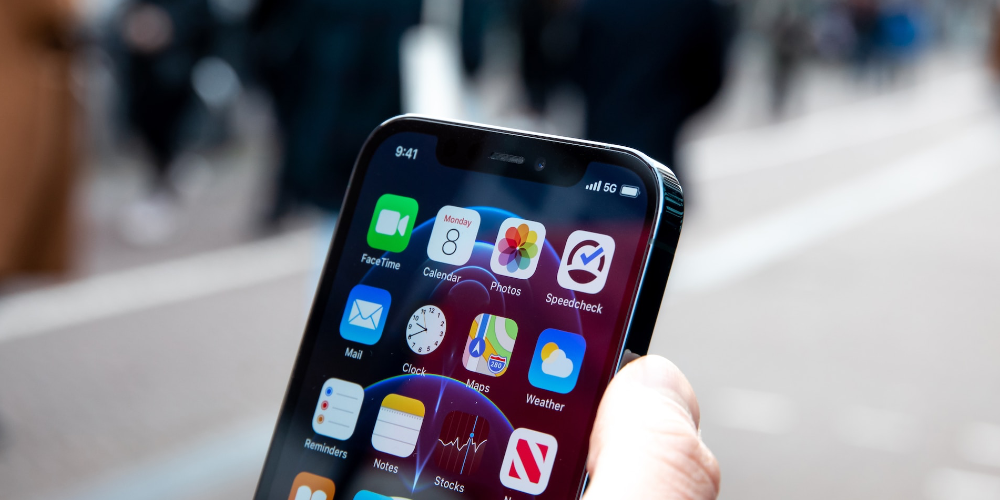
The risk of phishing or identity theft is a practice that has been with us for several years, an illegal practice that seeks to access our private, banking, work and personal information. However, iPhones are very secure devices and they receive new security and privacy updates monthly, but even so, they are not infallible. How can we avoid Phishing on our iPhone? It is this article we are going to see.
How to avoid Phishing on our iPhone?
There are several ways to avoid phishing attacks. Of the methods that we are going to discuss below, some are very simple, while others are more complex.
Generic tips to avoid Phishing
Update your operating system is to keep Phishing attacks under control, because it adds new security patches to prevent applications and web browsing via Safari that allow the malware entry that you can access our information and use it to your benefit. Therefore, it is always recommended to have your iPhone to the latest version available, even if your smartphone It is not supported by the latest generation. If so, update it to versions released by Apple security or the latest version available.
Along with this, we also have to take special care in suspicious emails and text messagesor that they come from little-known sources. Many of these attacks start with these types of strategists and with visual content that seems legitimate. However, these messages often contain links to counterfeit websites that try to collect your data. If you receive an email or text message that asks you to enter personal or financial information, it’s best to don’t click on any link and verify the request directly with the organization.
It should be noted that none application from the App Store or bank, It will ask you for personal information through a link by email or SMS, nor will you be able to access external data outside the app. However, there are specific cases where they do ask for information, but they are verification codes, not personal information. For example, the Adobe suite asks you for a verification code via SMS, but does not ask you to access any external point.
advanced solutions
Another strategy to avoid a Phishing attack is to use the two-factor authenticationr whenever possible. Such authentication provides an additional layer of security by requiring a second form of identification, such as a code sent to your phone, in addition to your password. Even if a phisher manages to get your password, they won’t be able to access your account without second factor authentication.
Also, from Safari, you can enable pop pup blockers in your browser, as they are often used by pishishes to trick you into entering your personal data.
Along with all of the above, it is crucial to review your bank statements and credit cards regularly looking for unauthorized charges, including having a purchase card only for online purchases and others where you have your basic information.
By way of conclusion, if due to malpractice, you become victim of a phishing attackIt is essential that you act quickly. Change all your passwords, inform your bank and any other relevant institution, and consider reporting the incident to local authorities. Also try to remove all data from the iPhone and restore it to factory settings. It is always recommended to have a list in the notes app of the main passwords and applications, to quickly go to change the most crucial passwords, such as those of the bank, email, work application, etc.
